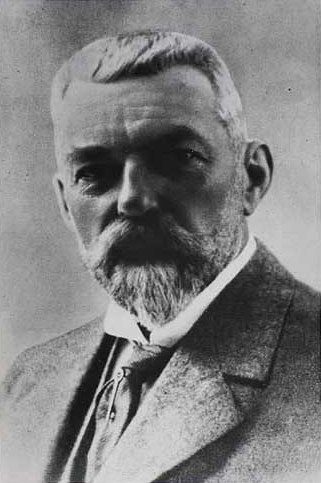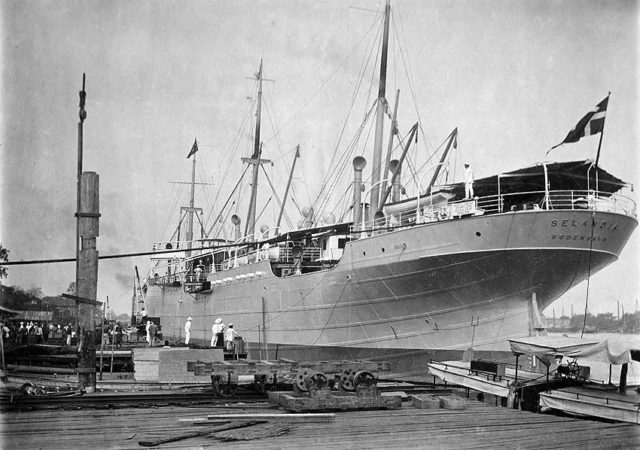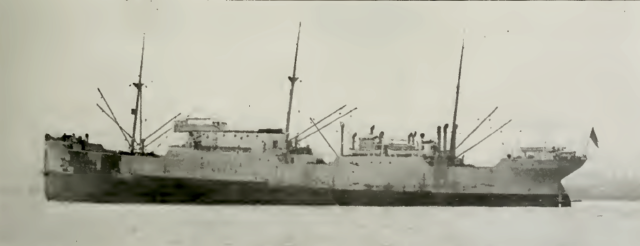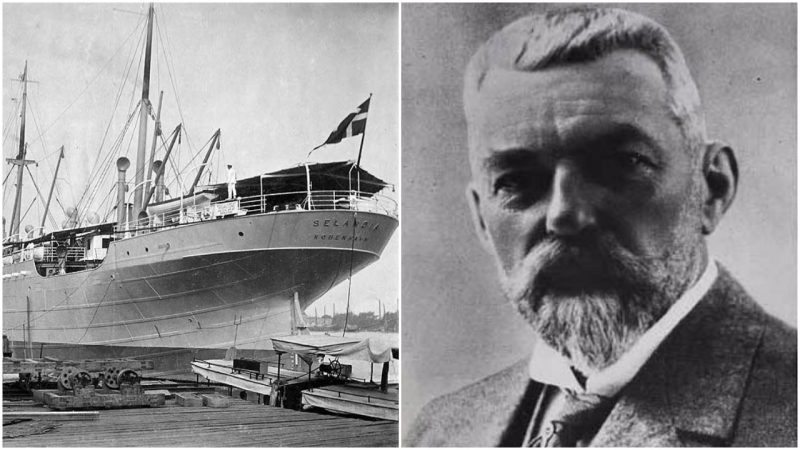MS Selandia was one of the ships that changed the world. Back in her day, she was the most advanced ocean-going diesel motor ship. The construction of the Selandia was initiated by the Danish trading firm, East Asiatic Company, and she served en route between Scandinavia, Genoa, Italy and Thailand.
Selandia also had a sister ship, which was called Fionia, and both of them were the result of negotiations between the company and the established Danish shipyard and leading diesel engine producer, Burmeister & Wain. The development of the ship was led by Ivar Knudsen, who introduced the concept of marine diesel engines in the first place. One other negotiation also featured the Scottish firm of Barclay, Curle & Company, which resulted with a third such ship, called Jutlandia, being constructed.

Selandia was completed in Copenhagen on 4 November 1911. Her maiden journey from Copenhagen to Bangkok was scheduled for February during the following year. She did not have a funnel, and exhaust from her engines escaped through exhaust ports in the aft mast. As a cargo and passenger ship, she had 20 first class luxurious passenger cabins which were of an exceptional size, with a toilet and bath for every two cabins.
The ship was a sort of experiment, a novelty in the world of ships, as previous vessels were driven by steam. The new motor-ships were described as “smokeless” and caused some people to call her “the phantom ship.” During Selandia‘s trial in Danish waters, a captain of another ship had ignored warnings and ran across her bows as he “saw no smoke.”
After the trials, she took off from Aalborg to London in January 1912. As she moved upriver to reach London, the ship confused many people; they thought she had suffered damage and was in need of assistance. Nobody had ever seen a large ship without a smokestack before. Britain was in the midst of coal strike, and the fact that she was not dependent on coal to run was one more reason why the vessel gained so much attention. Winston Churchill, who then served as First Lord of the Admiralty, paid a visit to the Selandia as well.

From London, the ship sailed for Antwerp, carrying cargo and also some prominent guests. The press also helped the world publicity of this maiden journey. From Antwerp, she finally took off to the east, and the voyage was noteworthy for burning only 800 tons of fuel from Copenhagen to Bangkok.
At first, many people were skeptical of a deep ocean vessel not powered by traditional steam engines. But in just ten years, everything changed. British experts came up with estimates that the new marine engines allowed a 40% advantage in fuel costs; it achieved steadier speed at sea, and a smaller crew was required to run the vessel. Oftentimes, Selandia was called “the world’s first large ocean-going diesel-powered ship,” or according to a 2012 documentary about her, “The Ship That Changed the World”.

Though it was actually a Dutch ship built two years earlier, named Vulcanus, which was really the first diesel-driven transoceanic ship, Selandia earned much of the fame thanks to her engine installation, which was pioneering for numerous reasons.
Read another story from us: Interesting facts and visions of sunken ships
She was sold to Panama in 1936 and was renamed twice, first as Norseman, then as Tornator. Two more vessels under the same name were built in 1938 and in 1972.
